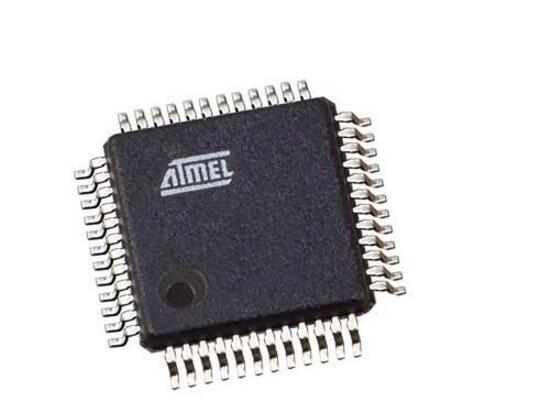**I. Project Overview**
**1.1 Introduction**
A greenhouse is a controlled environment designed to enhance plant growth by modifying external conditions, allowing for optimal development regardless of seasonal changes or adverse weather. It uses transparent materials as part of its structure, enabling cultivation during winter or other seasons when outdoor conditions are unsuitable. The primary goal of greenhouse farming is to regulate growth cycles, improve plant health, manage pests and diseases, and increase both quality and yield. A key component of modern greenhouses is environmental control systems, which aim to improve precision in regulating temperature, humidity, light, and COâ‚‚ levels.
With the advancement of agricultural technology, facility agriculture has become increasingly important globally due to its interdisciplinary nature, high technological content, and direct impact on food production. This project leverages the AVR microcontroller to develop an automated system that controls lighting and COâ‚‚ concentration, specifically tailored for watermelon cultivation. By integrating sensors and smart control mechanisms, the system ensures that plants receive the ideal balance of light and carbon dioxide for maximum productivity.

**1.2 Project Background / Motivation**
As one of the world's largest agricultural nations, China faces significant challenges related to rural issues, including food security, economic stability, and social harmony. Despite progress, traditional farming methods still rely heavily on natural conditions, making it vulnerable to climate-related disasters. For instance, annual crop losses due to weather events can reach up to 100 billion kilograms, highlighting the urgent need for more resilient agricultural systems.
Greenhouses play a critical role in modern watermelon production, where light and CO₂ levels directly influence plant growth. Light intensity affects photosynthesis, with specific thresholds known as the light compensation and saturation points. Proper light distribution ensures efficient energy use, while excessive or insufficient light can hinder growth. Similarly, CO₂ is essential for photosynthesis, and maintaining concentrations between 250–300 ppm is vital for optimal watermelon development.
This project utilizes the ATmega16 microcontroller along with light and COâ‚‚ sensors to create an automated system that adjusts these factors in real time. By monitoring and controlling environmental conditions, the system helps farmers achieve higher yields and better-quality crops, even under challenging climatic conditions.
**II. Demand Analysis**
**2.1 Functional Requirements**
The system continuously measures light intensity and COâ‚‚ levels, adjusting greenhouse equipment accordingly. It sets thresholds for each growth stage, ensuring that environmental parameters stay within safe and productive ranges. If readings exceed these limits, the system triggers alarms to alert farm staff. Additionally, the system displays COâ‚‚ concentrations and connects to actuators for automatic control. It also provides interfaces for monitoring and managing multiple environmental variables.
Light conditions vary depending on location and time, affecting the efficiency of photosynthesis. Studies show that even a 19% reduction in light can lead to a 21% drop in yield, emphasizing the importance of consistent illumination. During summer, excessive light may require shading to prevent overheating, while in low-light periods, artificial lighting supplements the natural light to maintain growth.
CO₂ levels are equally crucial, with concentrations typically maintained between 500–1000 mg/kg. Too much CO₂ can be harmful, so the system monitors and regulates it using ventilation or gas release mechanisms. The project integrates these elements into a single, intelligent control system, optimizing conditions for watermelon growth and enhancing overall productivity.
Jilin Nengxing Electrical Equipment Co. Ltd. , https://www.nengxingelectric.com
